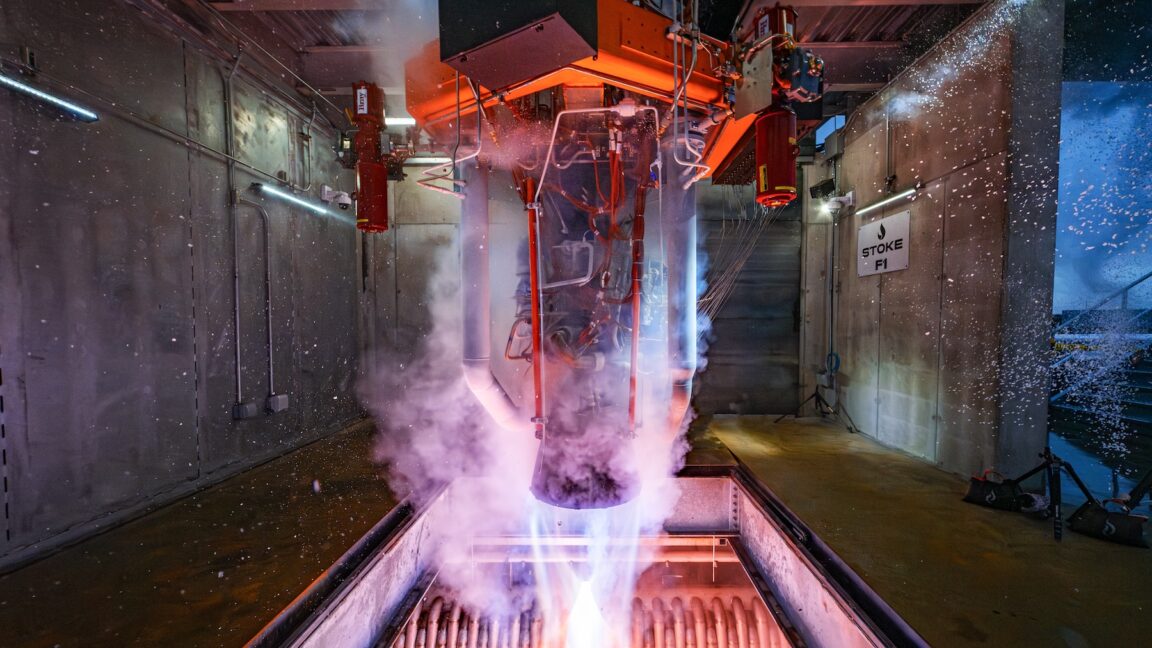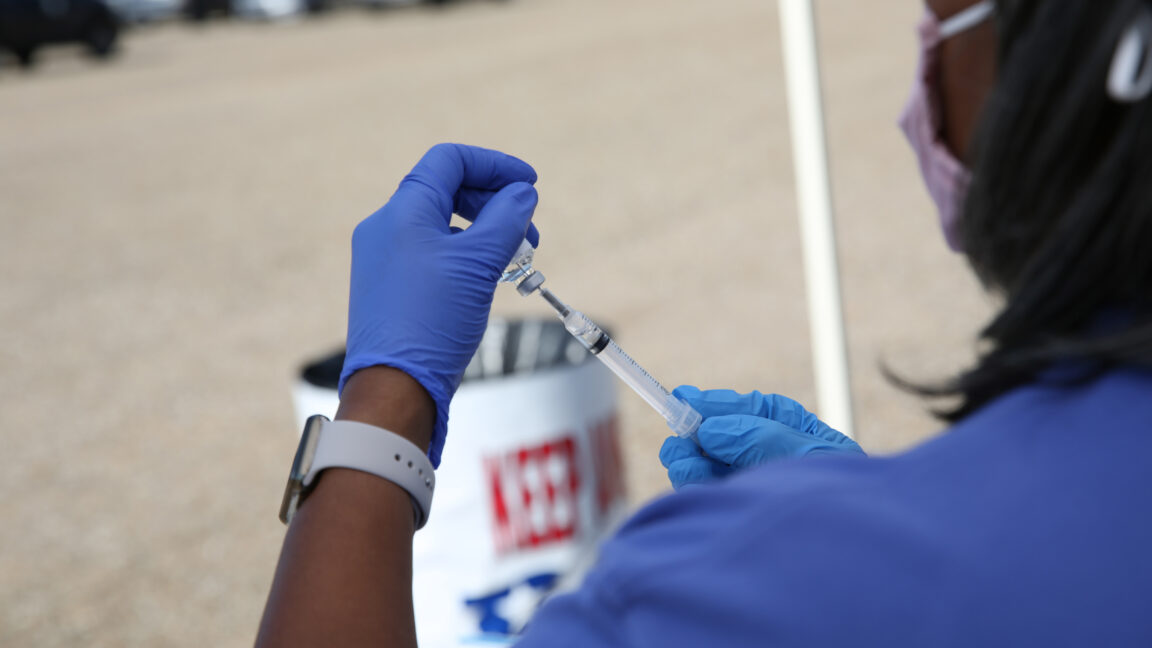How Trump’s approach to regulating AI in health care could diverge from Biden’s


![]()
![]()
By Casey Ross and Mario Aguilar
Nov. 8, 2024
A lot has happened with artificial intelligence since President-elect Donald Trump was last in the White House.
Nudged into action by the advent of generative AI, the Biden administration has spent the past year rushing to set up guardrails for the technology’s use in health care. It reorganized its health agencies, launched a task force to consider regulatory changes, and promised to set up mechanisms to monitor safety risks and potential bias.
advertisement
In the wake of Tuesday’s election, the dawn of a second Trump term now poses a fundamental question: Will all of that now go away in favor of a hands-off approach?
STAT+ Exclusive Story
Already have an account? Log in


This article is exclusive to STAT+ subscribers
Unlock this article — and get additional analysis of the technologies disrupting health care — by subscribing to STAT+.
Already have an account? Log in
Monthly
$39
Totals $468 per year
$39/month Get StartedTotals $468 per year
Starter
$20
for 3 months, then $399/year
$20 for 3 months Get StartedThen $399/year
Annual
$399
Save 15%
$399/year Get StartedSave 15%
11+ Users
Custom
Savings start at 25%!
Request A Quote Request A QuoteSavings start at 25%!
2-10 Users
$300
Annually per user
$300/year Get Started$300 Annually per user
View All Plans
To read the rest of this story subscribe to STAT+.
Subscribe Log In Artificial intelligence, Donald Trump, Election 2024, STAT+ Submit a correction requestReprints-

Casey Ross
Chief Investigative Reporter, Data & Technology
Casey Ross covers the use of artificial intelligence in medicine and its underlying questions of safety, fairness, and privacy.
-

Mario Aguilar
Health Tech Correspondent
Mario Aguilar covers technology in health care, including artificial intelligence, virtual reality, wearable devices, telehealth, and digital therapeutics. His stories explore how tech is changing the practice of health care and the business and policy challenges to realizing tech’s promise. He’s also the co-author of the free, twice weekly STAT Health Tech newsletter.


Newsletter
Understand how science, health policy, and medicine shape the world every day









